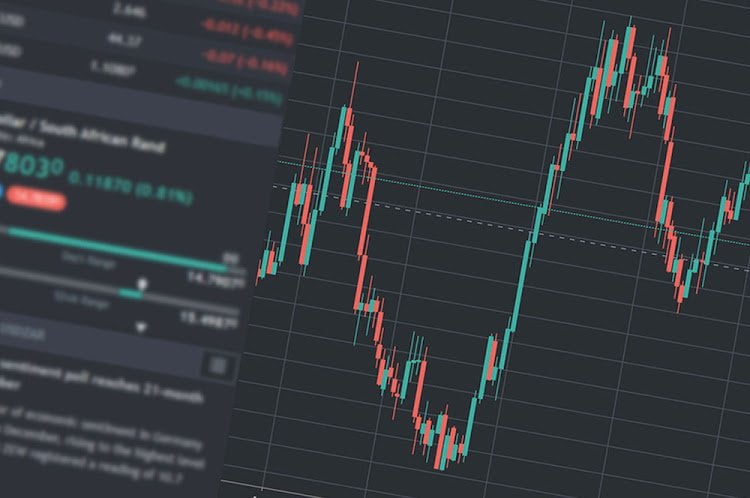Performing a backtest is an essential step in evaluating and improving the effectiveness of trading strategies. It involves simulating the historical performance of a trading system by applying predetermined rules to past market data. This process helps traders evaluate the profitability and risk associated with their strategies before applying them to live trading.
To perform a backtest, follow these general steps:
- Define the Trading Strategy: Firstly, you need to clearly define the trading strategy that you want to test. This includes determining the entry and exit rules, position sizing, stop-loss and take-profit levels, and any other relevant parameters.
- Gather Historical Market Data: Collect the historical price data for the financial instrument you want to test the strategy on. Ensure that the data is accurate, reliable, and covers an adequate timeframe that is representative of different market conditions.
- Design the Backtesting Framework: Choose a suitable backtesting platform or programming language to code and execute your strategy. Popular platforms such as MetaTrader, TradeStation, or Python-based libraries like Pandas, NumPy, and Backtrader can be used for this purpose.
- Implement the Trading Strategy: With your chosen platform or programming language, code the trading strategy based on the defined rules. This typically involves writing algorithms to identify entry and exit signals, calculate position sizes, and manage risk parameters.
- Backtest Execution: Now, execute the backtest by applying the strategy to the historical market data. The platform or programming language will automatically simulate the trades that the strategy would have taken based on the historical data.
- Evaluate Performance and Metrics: Once the backtest is complete, evaluate the performance of the strategy using various performance metrics. This may include measures like profitability, drawdown, risk-adjusted returns, win-loss ratios, and other relevant statistics.
- Optimize and Refine the Strategy: Analyze the backtest results to identify areas for improvement in the trading strategy. Adjust the parameters, rules, or tactics as needed to enhance performance. Repeating steps 3 to 6 iteratively can help refine the strategy further.
It is worth noting that backtesting has some limitations. Historical data may not always reflect current market conditions, and there may be discrepancies due to slippage, commission costs, and market liquidity. Therefore, it is crucial to interpret backtest results with caution and consider real-time market conditions when implementing trading strategies.
In conclusion, performing a backtest allows traders to evaluate the performance and effectiveness of their trading strategies by simulating them on historical market data. By following a systematic approach and analyzing the results, traders can refine their strategies and increase the chances of success in live trading.

